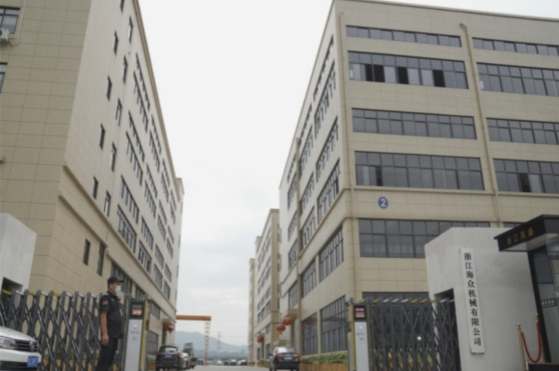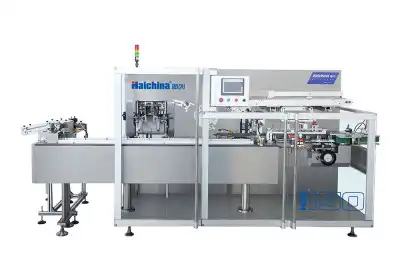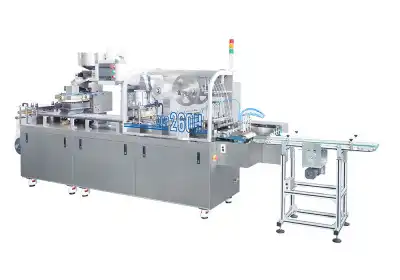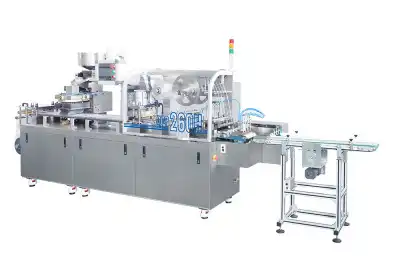Understanding Blister Packaging in Pharmaceuticals
The Importance of Blister Packaging
Blister packaging plays a critical role in pharmaceutical product protection by individually sealing each dose in a molded cavity or pocket, usually composed of plastic or aluminum with a foil or paper backing. This packaging method safeguards the medication from environmental factors such as moisture, air, and light, which can degrade drug efficacy. By ensuring the stability and integrity of each dose, blister packaging extends shelf life and prevents contamination, thereby maintaining the safety and effectiveness of medications for end users.
Benefits of Blister Packaging for Pharmaceuticals
Pharmaceutical blister packaging offers numerous advantages that improve both product quality and patient experience. The blister packaging machine pharmaceutical industry provides excellent barriers against moisture and oxygen, crucial for preserving sensitive drugs. The design organizes individual doses clearly, promoting patient adherence by simplifying dose schedules. Additionally, its tamper-evident features enhance security, helping to prevent product tampering and counterfeiting. These benefits collectively contribute to safer medication use, regulatory compliance, and increased consumer confidence in pharmaceutical products.
Evolution of Blister Packaging Technology
Blister packaging technology has advanced remarkably over the years, driven by the need for higher efficiency and quality assurance. Modern machines now integrate servo motor systems for precise control, vision inspection technologies to detect defects in real time, and robotic automation for improved handling and flexibility. These innovations have accelerated production speeds and enhanced packaging accuracy, enabling pharmaceutical manufacturers to adapt quickly to diverse product types and market demands while maintaining stringent quality standards.
Key Features of Top Blister Packaging Machines
High-Speed Production Capabilities
Leading blister packaging machines in the pharmaceutical industry boast impressive production speeds. These high-performance systems can produce thousands of blister packs per hour, significantly boosting manufacturing efficiency. Advanced models utilize servo motors and precision controls to maintain consistent quality even at high speeds, ensuring that each blister pack meets stringent pharmaceutical standards.

Flexibility and Customization Options
The best pharma blister packaging machines offer remarkable flexibility, accommodating various blister formats, sizes, and materials. This adaptability allows pharmaceutical companies to package different products on the same machine, reducing equipment costs and floor space requirements. Many top-tier machines feature quick-change tooling systems, enabling rapid transitions between product runs and minimizing downtime.

Integration with Industry 4.0 Technologies
Modern blister packaging machines are increasingly incorporating Industry 4.0 technologies. These smart features include real-time monitoring systems, predictive maintenance algorithms, and data analytics capabilities. By leveraging these advanced technologies, pharmaceutical manufacturers can optimize production processes, reduce waste, and ensure consistent product quality. The integration of IoT (Internet of Things) sensors also facilitates remote monitoring and troubleshooting, enhancing overall operational efficiency.

Selecting the Right Blister Packaging Machine for Your Pharmaceutical Needs
Assessing Production Requirements
Choosing the right blister packaging machine starts with a detailed evaluation of your specific production parameters. Consider the dosage forms - such as tablets, capsules, or lozenges - that require packaging, as different formats may demand different feeding and forming systems. Analyze target production volumes, batch sizes, and expected cycle times. Also, factor in the physical constraints of your facility, such as layout and utility access. Selecting a machine that is scalable and modular ensures adaptability to future product lines and capacity expansion as business needs evolve.
Evaluating Compliance and Validation Features
Regulatory compliance is a non-negotiable aspect of pharmaceutical manufacturing. When selecting a blister packaging machine, ensure it supports cGMP standards and 21 CFR Part 11 compliance for electronic records. Machines should feature robust data recording, traceability functions, and user access controls. Integrated vision inspection systems can automatically detect defects such as missing tablets or improper sealing, enabling real-time rejection and documentation. These capabilities not only ensure product quality but also streamline validation processes during audits and regulatory inspections.
Considering Total Cost of Ownership
Beyond upfront pricing, it’s important to examine the long-term costs associated with owning and operating blister packaging equipment. Look into the machine’s energy consumption, routine maintenance frequency, and ease of parts replacement. Downtime due to part shortages or difficult servicing can result in costly delays. A machine from an experienced manufacturer like Zhejiang Haizhong Machinery Co., Ltd. offers long-term reliability, technical support, and availability of spare parts - all of which contribute to lower lifetime costs and consistent production output, ensuring a sound investment.
Conclusion
Selecting the best blister packaging machine for the pharmaceutical industry is a critical decision that can significantly impact product quality, operational efficiency, and regulatory compliance. By focusing on key features such as high-speed production capabilities, flexibility, and integration with Industry 4.0 technologies, pharmaceutical companies can ensure they choose a machine that meets their current and future packaging needs. As the industry continues to evolve, partnering with experienced manufacturers like Zhejiang Haizhong Machinery Co., Ltd. can provide access to cutting-edge blister packaging solutions that drive success in the competitive pharmaceutical market.
Contact Us
Ready to elevate your pharmaceutical packaging process? Contact Zhejiang Haizhong Machinery Co., Ltd. at [email protected] to explore our range of advanced blister packaging machines tailored to your specific requirements.





